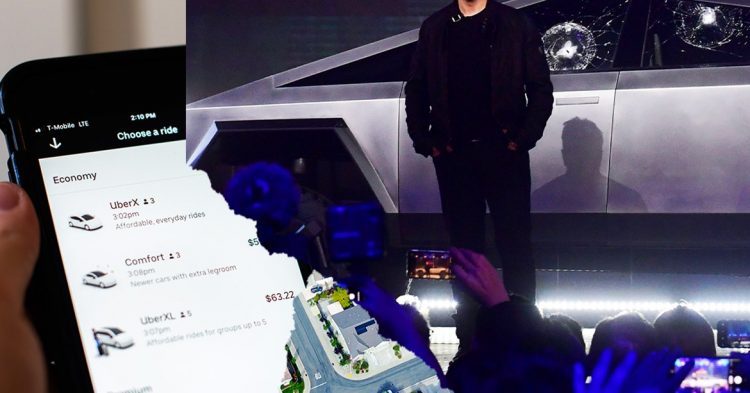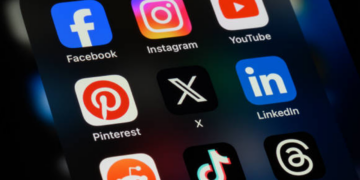In the vision of the “frictionless” city that is held by many in tech, where virtually every city service, human interaction, and consumer experience is to be mediated by an app or digital service that not only cuts out the need to deal directly with another human but places technology at the heart of those interactions, there is no serious attempt to deal with deeply entrenched problems—at least outside of rhetorical flourishes. The decisions of venture capitalists to fund companies that are transforming the way we move, consume, and conduct our daily lives should not be perceived as neutral actions. Rather, they are pushing visions of the future that benefit themselves by funding the yearslong efforts of companies to monopolize their sectors and lobby to alter regulatory structures in their favor. Furthermore, rather than challenging the dominance of the automobile, their ideas almost always seek to extend it.
After more than a decade of being flooded with idealized visions of technologically enhanced futures whose benefits have not been shared in the ways their promoters promised, we should instead consider what kinds of futures they are far more likely to create. I outline three scenarios that are far more realistic, and which illustrate the world being created: First, it is even more segregated based on income; second, it is even more hostile to pedestrians; and third, it wants to use unaccountable technological systems to control even more aspects of our lives.
Elon Musk’s Gated Greenwashed City
There are three main aspects to the vision being laid out by Musk (setting aside his plans for space colonization). The first is electric personal vehicles. Musk believes in “individualized transport,” which means that automobiles should continue to be the primary means of mobility and that most of the problems that accompany an auto-oriented transportation system should be ignored. However, his vision is more than a simple preference for personal vehicles, and luxury ones in particular. In 2019, Musk unveiled the Cybertruck, an unusual vehicle not because Tesla had never made a truck, but because it took styling cues from dystopian science fiction and was designed to withstand brute force attack. The vehicle has panels that cannot be dented with a sledgehammer and windows that are supposed to be bulletproof. While the latter did not work in Musk’s public demonstration, the decision to build such features into an incredibly large vehicle likely says something about the personal fears that undergird Musk’s ideas for the future.
The second element of Musk’s vision is the use of solar panels, particularly those affixed to suburban homes. Following the purchase of SolarCity, Musk championed the idea of homeowners generating their own electricity through solar roofs and arrays that could be used to charge their electric cars, fill up their in-home batteries, and potentially even earn them a profit by feeding into the grid. The third and final piece of the puzzle is the Boring Company’s imagined system of tunnels that turned out to be little more than narrow underground roads for expensive vehicles with autonomous driving systems—if they are ever truly realized. These aspects also display Musk’s preference for sprawling suburbs of single-family homes over dense, transit-oriented development.
If we were to believe Musk, the vision he promotes for a green future is one that will address the climate crisis, along with many other urban and mobility issues. Yet putting these three elements together and considering them alongside the trajectory of our capitalist society reveals a different kind of urban future. Without altering underlying social relations, these technologies are likely to reinforce the trends of growing tech billionaire wealth and these billionaires’ desires to close themselves off from the rest of society.
Recall that the first of Musk’s proposed tunnels was designed to make it easier for him to get to and from work without getting stuck in traffic with everyone else. Rather than a network of tunnels for the masses, such a system could be redeployed as one designed by and for the wealthy, inaccessible to the public and connecting only the places that the rich frequent: their gated communities, private airport terminals, and other exclusive areas of the city.
Source by www.wired.com





























